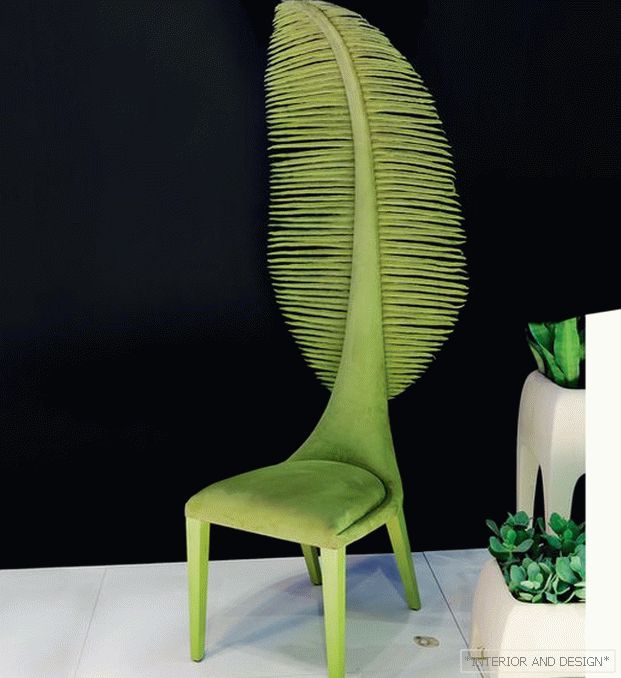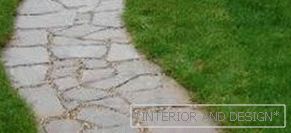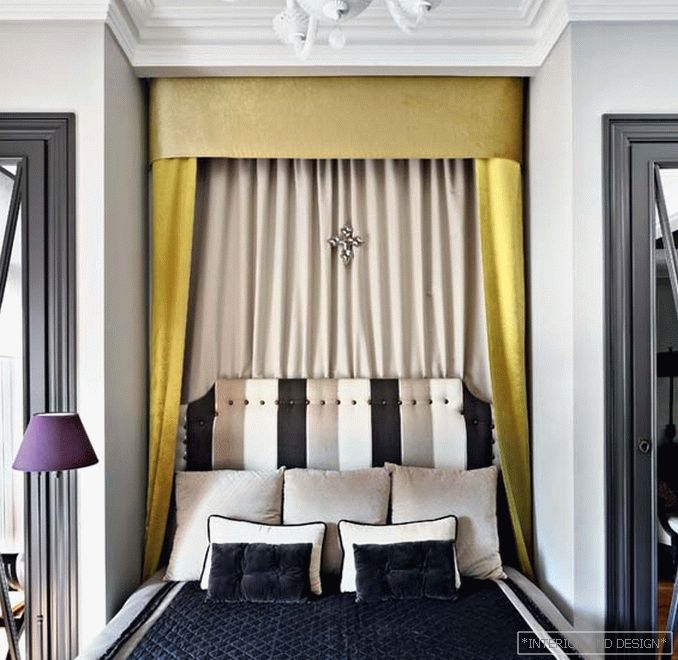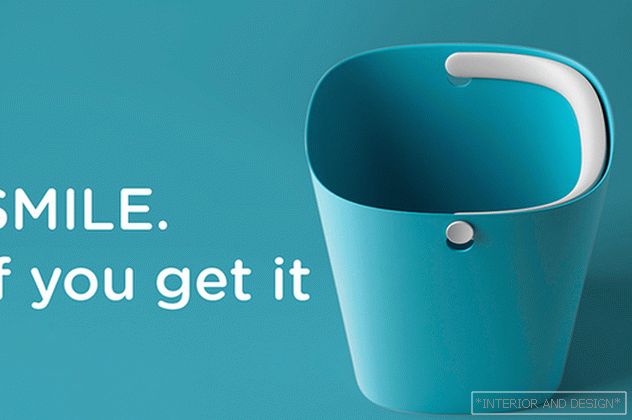
Dutch design became the main character of the exhibition Do Dutch, created by Robert Bronwasser (Robert Bronwasser) at the Ambiente Fair (February 9-13, 2018). Minimalistic installation, but not without color - homage to the Dutch movement De Stijl. The wardrobe became its main part.
Related: 4 Trends 2018 at Ambiente
Robert Bronwasser’s son, architect, born in 1968, has more than a quarter of a century of professional experience, numerous awards and an excellent resume. His philosophy is: “Create a smile” - he likes to laugh, and buyers of his tables, vases, hangers and scooters should do the same. Since Bronwasser graduated from Delft Technical University, he has been following the idea - the design should be modest, logical and interesting.
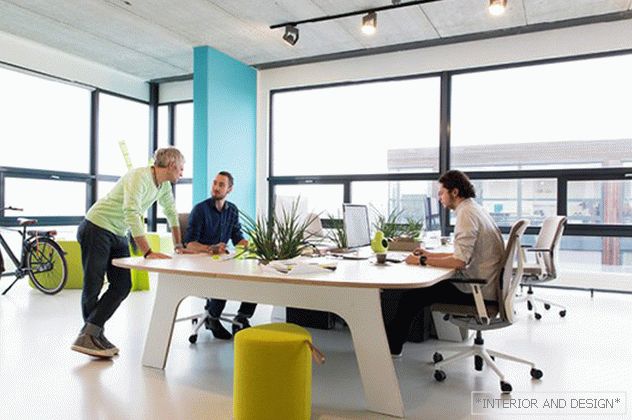 Amsterdam studio by Robert Bronwasser.
Amsterdam studio by Robert Bronwasser. 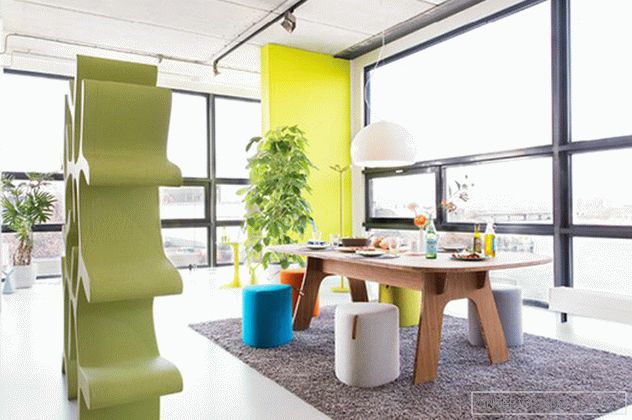 Amsterdam studio by Robert Bronwasser.
Amsterdam studio by Robert Bronwasser. 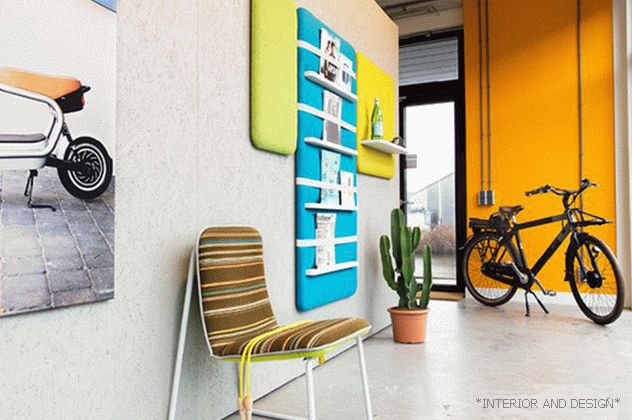 Amsterdam studio by Robert Bronwasser.
Amsterdam studio by Robert Bronwasser. 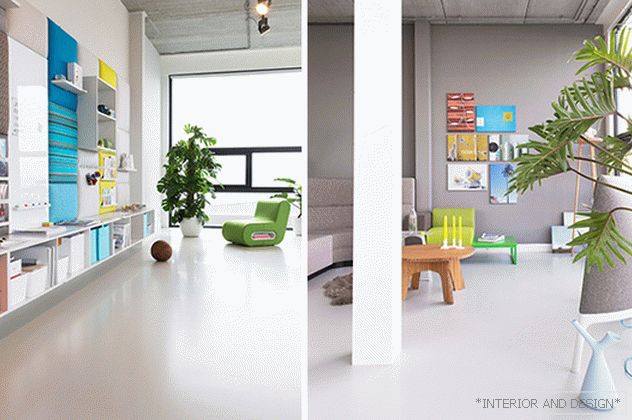 Amsterdam studio by Robert Bronwasser.
Amsterdam studio by Robert Bronwasser. 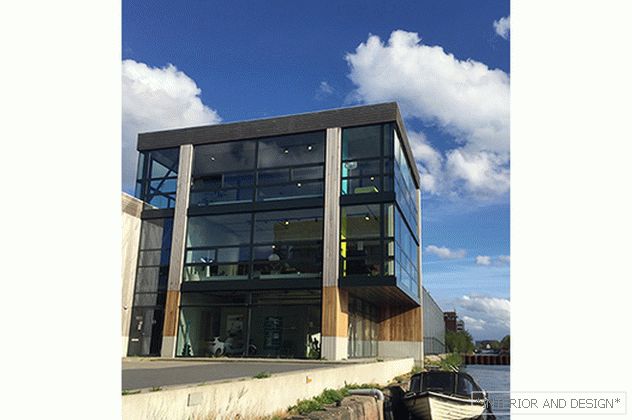 Amsterdam studio by Robert Bronwasser.
Amsterdam studio by Robert Bronwasser. “My motto is“ enjoy everyday design. ” To realize it, I developed my “Smile” philosophy, based on five principles - the design should be smart, simple, symbolic, clear and inspiring.
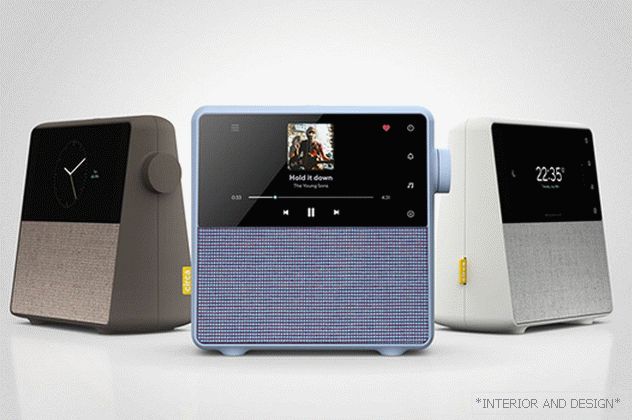 Alarm Clock Smart Alarm Clock, Circa. 2017
Alarm Clock Smart Alarm Clock, Circa. 2017 I have a positive attitude to many things. Food, music, travel, art, people - all this inspires me. I am a big fan of minimalist modern art: things by Mark Rothko, Barnett Newman and Jackson Pollock. My favorite band is Underworld. I like contrasting travels: the city, the nature and the beaches (the last vacation was in Thailand).
 ТВ Homedia, Concept. 2013.
ТВ Homedia, Concept. 2013. Probably my main talent is in the ability to combine passion, creativity and foresight, as well as knowledge of marketing, materials and production methods. I believe that products should be stimulating not only for the eyes, but also for the user. The combination of good aesthetics and functionality are prerequisites for a positive perception.
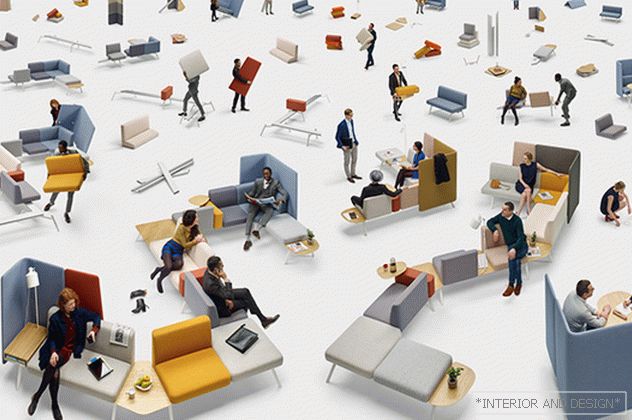 Modular furniture system Corals, Palau. 2015
Modular furniture system Corals, Palau. 2015 For the past 25 years I have been working with various materials, but I have not preferred any of them. All have their own characteristics. Plastics are needed for unlimited possibilities in form, detail and colors, textiles for a wide range of textures and patterns, ceramics for high quality finishes, wood for a warm and natural look.
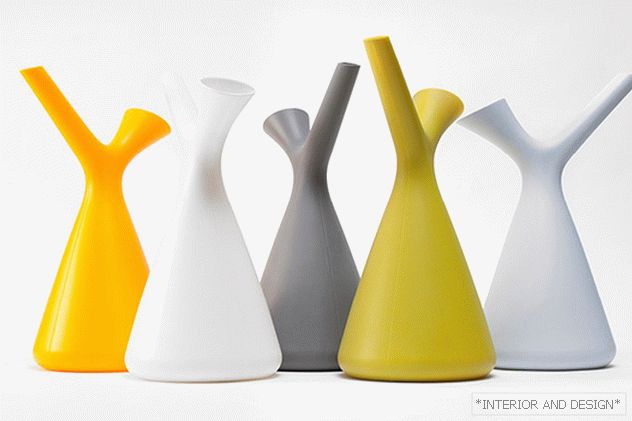 Jugs Spring, Goods. 2012
Jugs Spring, Goods. 2012 In my house reigns minimalism. This is a loft with a lot of windows. Most things are designed by me, but we also collected a collection of young artists. I would never break up with this art, it is a special emotional value for me.
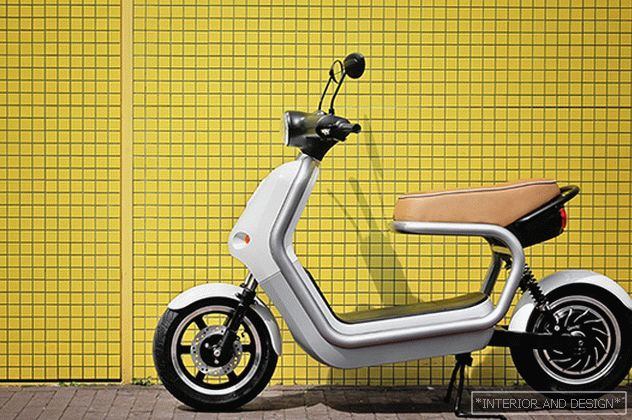 Q-Scooter, QWIC. 2013.
Q-Scooter, QWIC. 2013. The Dutch mentality is simple and pragmatic: we like to live simple and always look for smart solutions to our problems. Since Holland is a small and populous country, we often have to think outside the box.
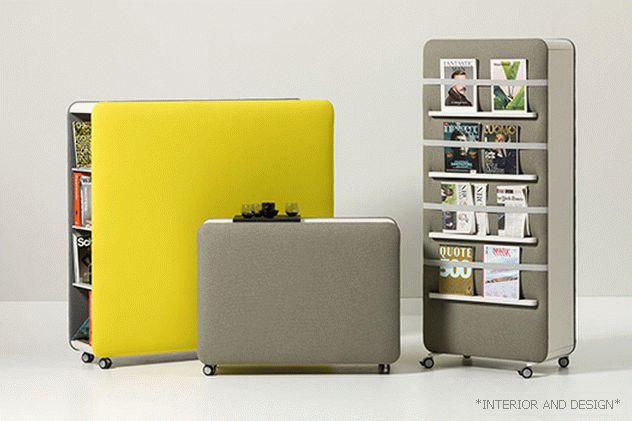 System of holders and racks Pillow, Cascado. 2012
System of holders and racks Pillow, Cascado. 2012 At the center of my installation at Ambiente is a huge rack, whose design - with a geometric rhythm and bright colors - is homage to the famous Dutch movement De Stijl, whose artists and followers made a radical break with decoration. I like the abstract and minimalist approach to painting, furniture and architecture of De Stijl. Even today you can see how many authors are affected by this movement ... I hope that I gave Ambiente visitors a smile. This is a presentation of Dutch creativity and mentality, a place where people can see everyday products in a different context.
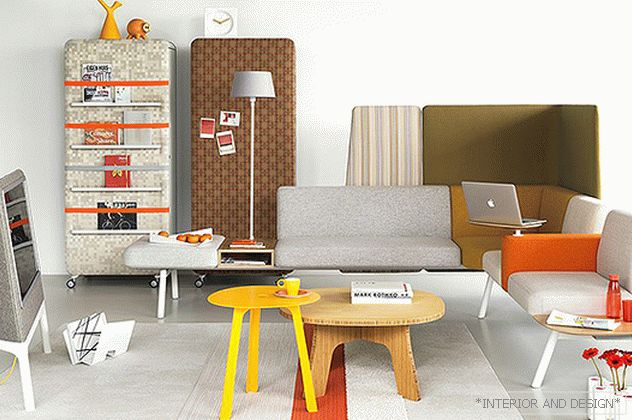 The composition, composed of copyrighted design items by Robert Bronwasser.
The composition, composed of copyrighted design items by Robert Bronwasser. 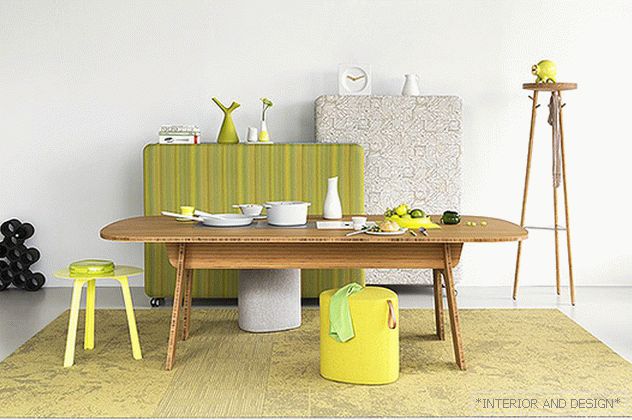 The composition, composed of copyrighted design items by Robert Bronwasser.
The composition, composed of copyrighted design items by Robert Bronwasser.  The composition, composed of copyrighted design items by Robert Bronwasser.
The composition, composed of copyrighted design items by Robert Bronwasser. 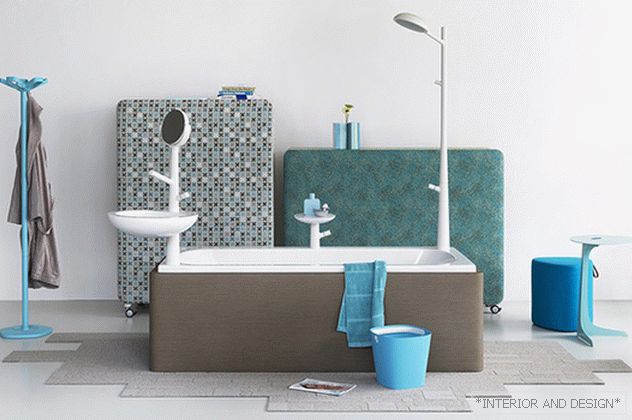 The composition, composed of copyrighted design items by Robert Bronwasser.
The composition, composed of copyrighted design items by Robert Bronwasser. 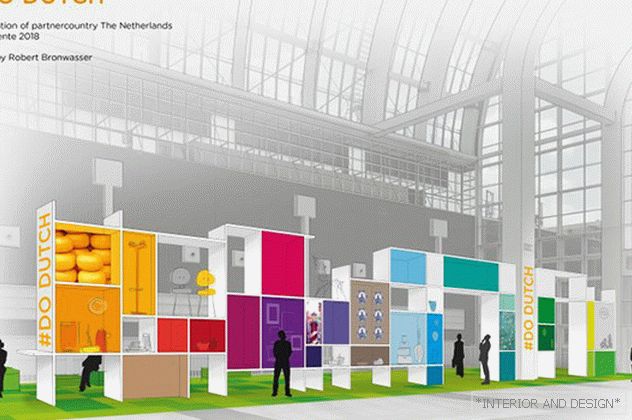 Do Dutch installation sketch at Ambiente 2018.
Do Dutch installation sketch at Ambiente 2018.  Do Dutch installation at Ambiente 2018.
Do Dutch installation at Ambiente 2018. 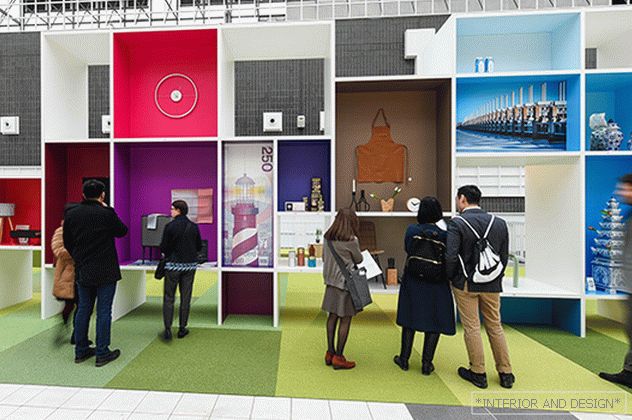 Do Dutch installation at Ambiente 2018.
Do Dutch installation at Ambiente 2018. I'm not so keen on seasonal trends and colors. They change every year. More important and interesting are the big trends that have a real impact on product design. It is about sustainability, social value and technical innovation. Sustainability: how can we cope with lower costs, develop reliable products and solutions for a cyclical economy? Social significance: how can design improve our lifestyle and solve social problems? Technical innovation: how can we use new materials and production processes (for example, three-dimensional printing), what is the importance of the Internet of things? ”

